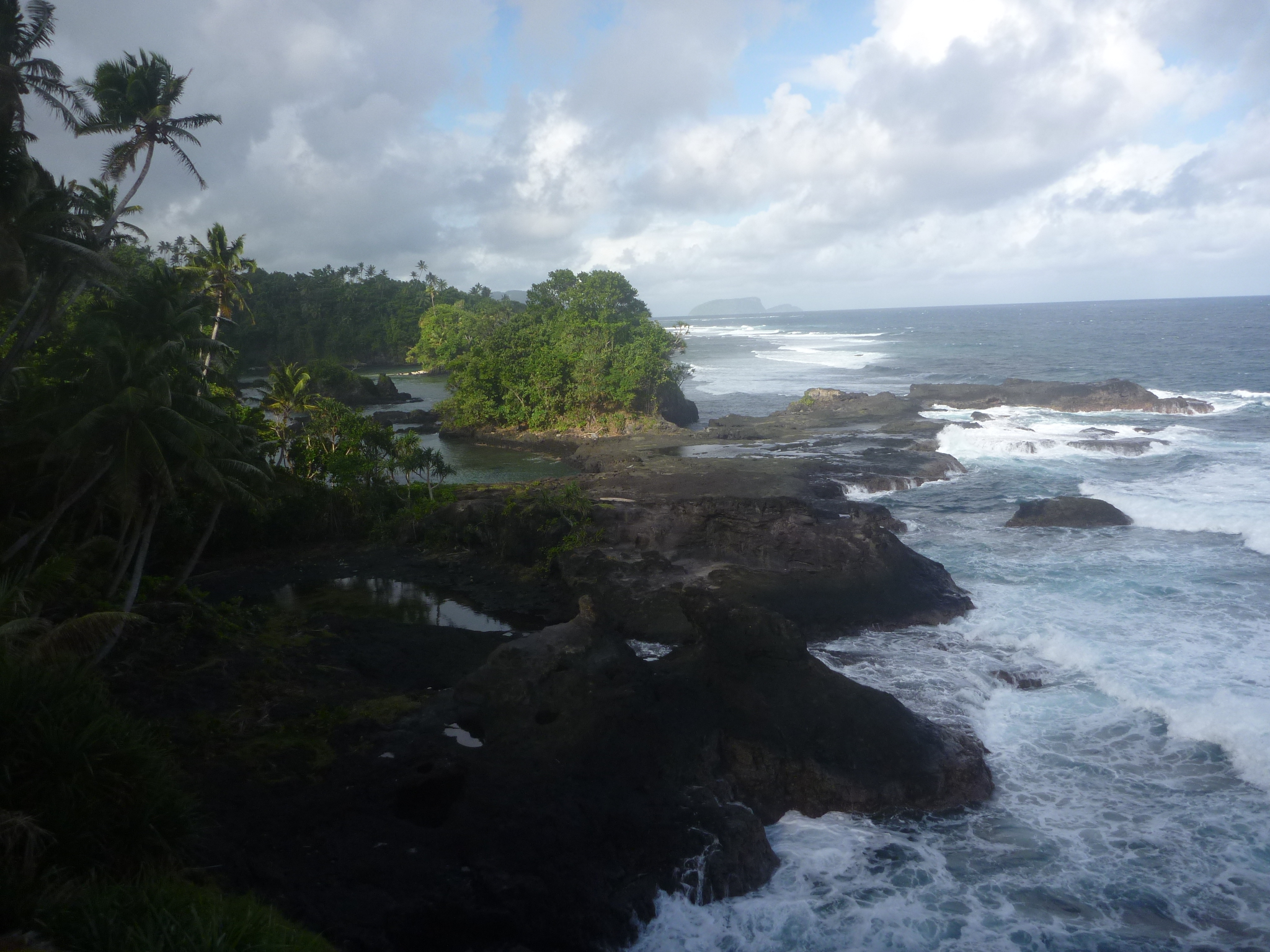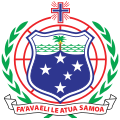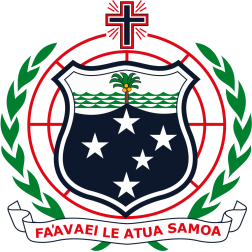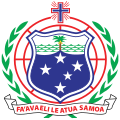Samoa National Adaptation Programme of Action (NAPA)
Project Overview
National Adaptation Programmes of Action (NAPAs) provide a process for Least Developed Countries (LDCs) to identify priority activities that respond to their immediate needs to adapt to climate change, ultimately leading to the implementation of projects aimed at reducing the economic and social costs of climate change.
- Water resources
- Reforestation programs and activities
- Education and awareness programs
Project Details
Samoa, a small island country in the South West Pacific, was the first in the region to become independent in 1962. The country is a group of two main islands, Savai’i and Upolu, as well as several smaller islands lying in the Polynesia region of the southern Pacific Ocean. The country consists of four main inhabited islands and six uninhabited islands. Approximately 193,000 people live in Samoa, with an economy base on subsistence and exports that include agriculture, fishery and forestry products. Tourism is another growing industry. Additionally several food processing and automobile parts plants are located on the two main islands.
- Flooding (flash)
- Coastal zone inundation
- Drought and low flows
- Storm surge
- Cyclones
- Deforestation
- Forest fires
- Human resettlement
- Sand mining
Main Human Vulnerabilities and Livelihood Impacts
- Reduced agricultural production
- Water shortage and/or groundwater depletion
- Increased disease and/or other health problems
- Loss of biodiversity
- Loss of land or degradation
- Damage to community assets
Key Results and Outputs
Priority Adaptation Projects
- Securing community water resources
- Reforestation, rehabilitation & community forest fire prevention
- Climate health cooperation program
- Climate early warning system
- Agriculture & food security sustainability
- Zoning & strategic management planning
- Implement coastal infrastructure management plans for highly vulnerable district
- Establish conservation programs in highly vulnerable marine & terrestrial areas of communities
- Sustainable tourism adaptation
Project Components:
- Activity 1.1: Achieving High Level Stakeholder Support for the NAPA Process
- Activity 1.2: Awareness Raising and Consultation Amongst Stakeholders
- Activity 1.3: Establish Institutional and Management Arrangements
- Activity 1.4: Establishment and Participation of Multidisciplinary Working Groups
- Activity 1.5: Capacity Building
- Activity 1.6: LDC Cooperation and Coordination
- Activity 1.7: Monitoring, Review, Evaluation, and Reporting
- Activity 2.1: Review and Strengthening of Vulnerability and Adaptation Methodologies
- Activity 2.2: Development of Methods and Criteria to Identify and Prioritize Urgent and Immediate Adaptation Activities
Expected Outputs:
- Project Steering Committee
- Informal broad network across government agencies at Department Head level
- At least two ministerial level briefings
- NAPA endorsed by Government
- Awareness raising materials in Samoan and English languages
- Media campaign
- Documentation on key stakeholders and relevant initiatives that complement the NAPA process
- Briefings for, and consultation with, key stakeholders
- Guidance and feedback from key stakeholders
- Information shared with related initiatives and ongoing linkages established





